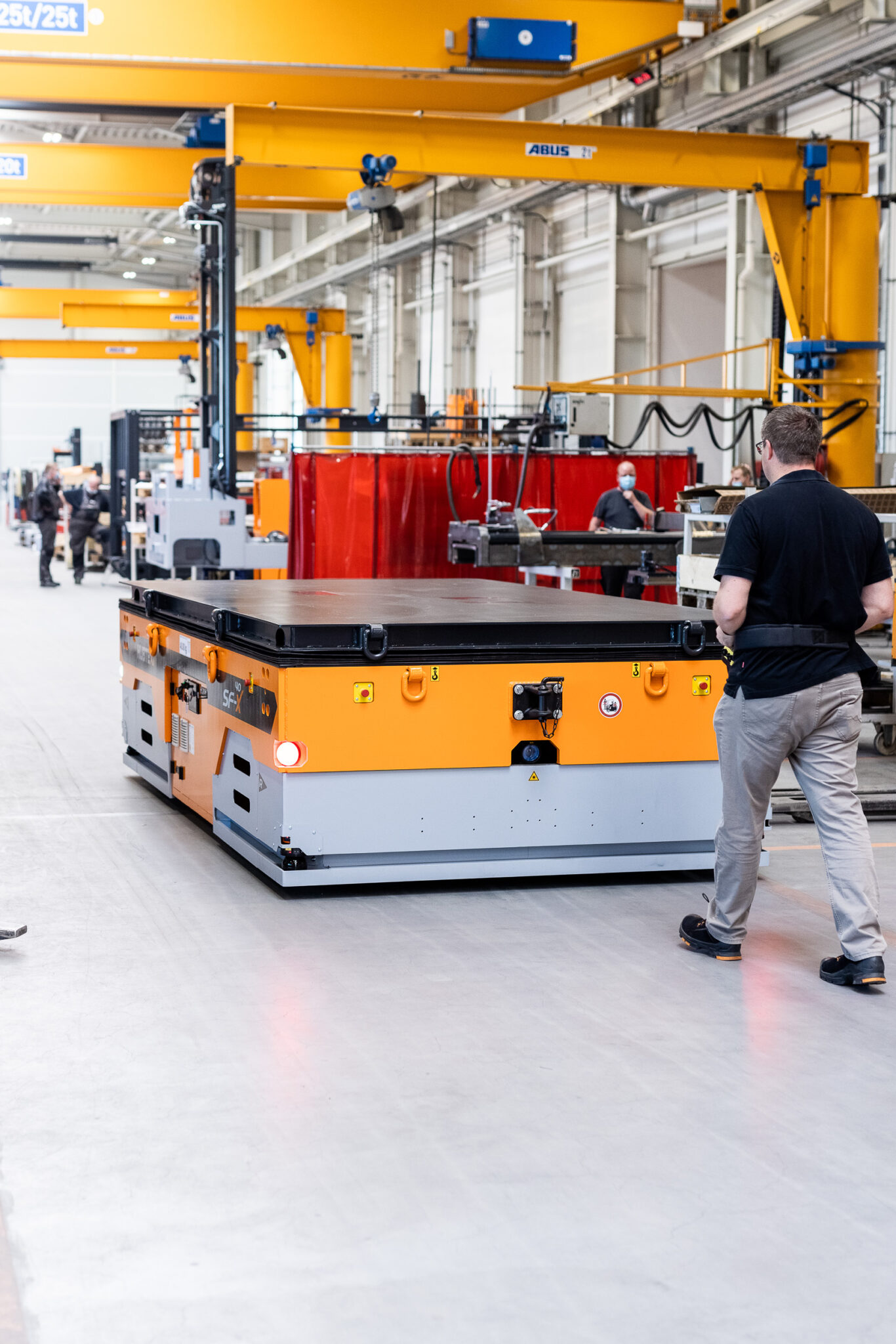With the innovative system EFA-SmartConnect, high-speed door manufacturer EFAFLEX says is sets new standards in the intelligent networking of door systems. The module enables both the operation and the planning of customer service and maintenance processes in their own, protected WLAN network.
All parameters can be conveniently controlled and visualised regardless of location and without contact. The user is always connected to the network via the app and benefits from numerous individually adjustable features for efficient, cost-saving real-time door management.
In times of ever-increasing digital change, not only future-proof technologies, but also reliable data security systems are essential in order to make work processes efficient, scalable, sustainable and competitive. EFA-SmartConnect meets the increasing demands of this modern corporate world with the consistently digital handling of door operation in its own, protected WLAN network.
The IoT solution is operated via the EFA smartphone app, compatible with the common operating systems iOS and Android, the functions of which include the visualisation of the current door status, the parameterisation of essential door settings such as open time and the display of maintenance data, error memory and current error messages including descriptions and root cause analysis. Thanks to the smart network with the manufacturer, users can also send service reports directly to EFAFLEX if they wish.
These properties contribute to streamlining processes on the user side and thus creating new space for efficiency and productivity increases and ensuring maximum smooth door operation. Thanks to in-depth analysis and clear visualisation, the time required for function checks, service requests and troubleshooting in the event of a fault is reduced considerably.
In addition, users can precisely calculate the exchange of spare parts, among other things. This in turn prevents and reduces costly downtimes and reduces the cost of customer service. The fact that EFA-SmartConnect is not only intuitive to use, but also works independently of additional IT programs, for example for cloud services, makes handling particularly easy.
Doors communicate in a network
Several doors equipped with the smart system can be connected to each other within a network and subsequently communicate with each other and with the app. If a particularly high number of gates is to be integrated into the management, for example in large halls, this is also possible because several networks can be operated in parallel. The module continuously forwards the current status report of each individual door to the app, from which the user can forward relevant data to the manufacturer if required.
As the operator of the door systems, they decide which of the available information they make available to EFAFLEX for further steps, such as reports on status, faults or maintenance issues. Depending on the needs they have assessed themselves, the app user can supplement this with free text information, for example with explanations or the request of IT support or a technician. In addition, the messages to be sent can be illustrated with photos.
Effective immediately, EFAFLEX will install the module in selected door controls. In order to be able to record and operate doors already in operation with EFA-SmartConnect, an additional board is integrated into the existing system, provided with a QR code, a serial number and access data. Older door systems can also be easily added to the network via the app, so that operators can also take advantage of the innovative module.






